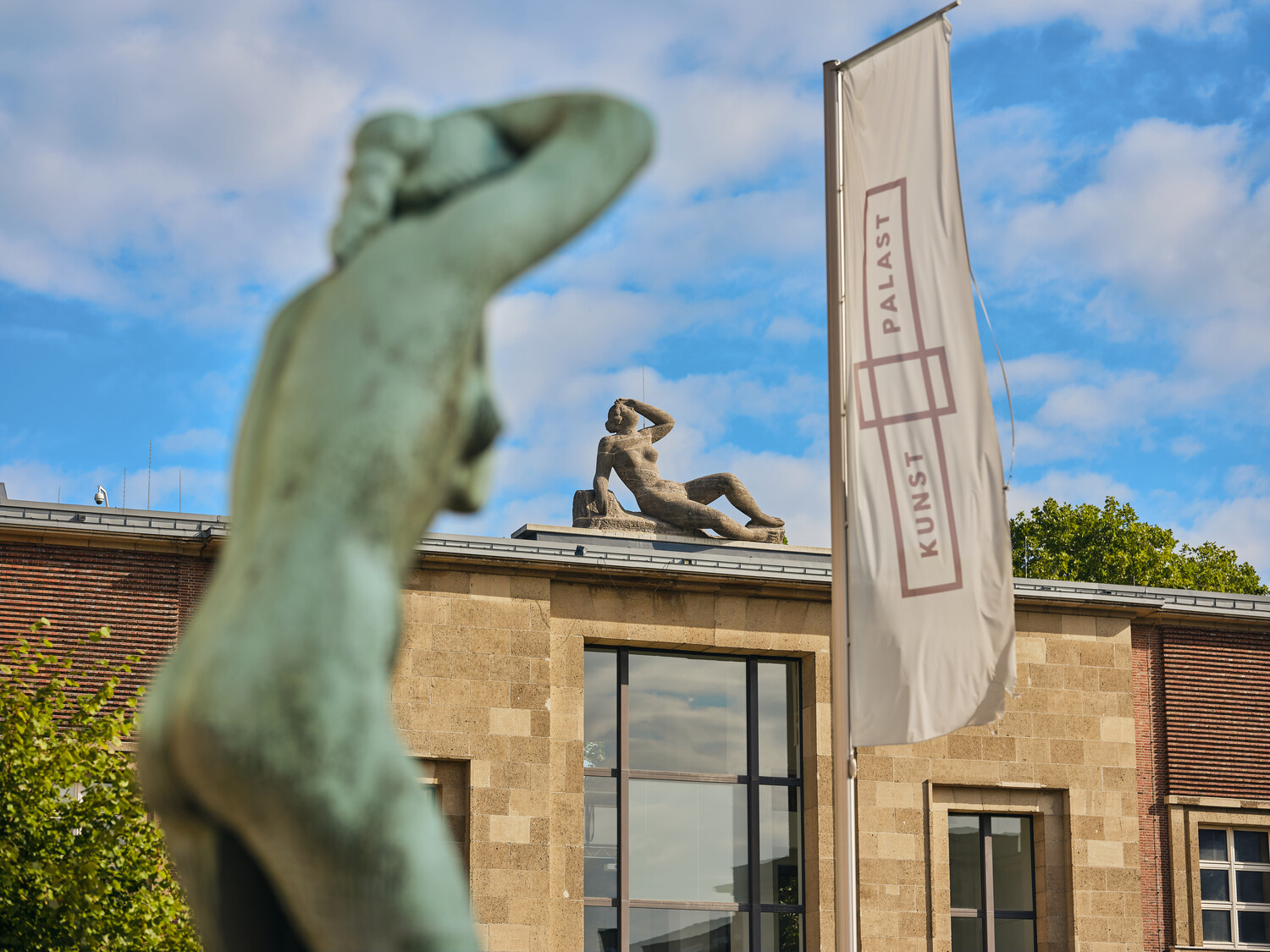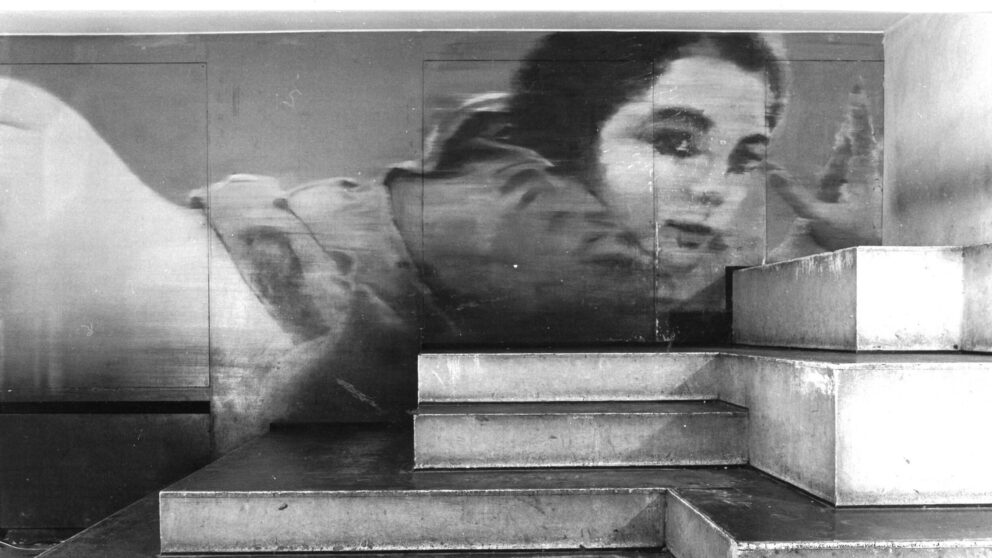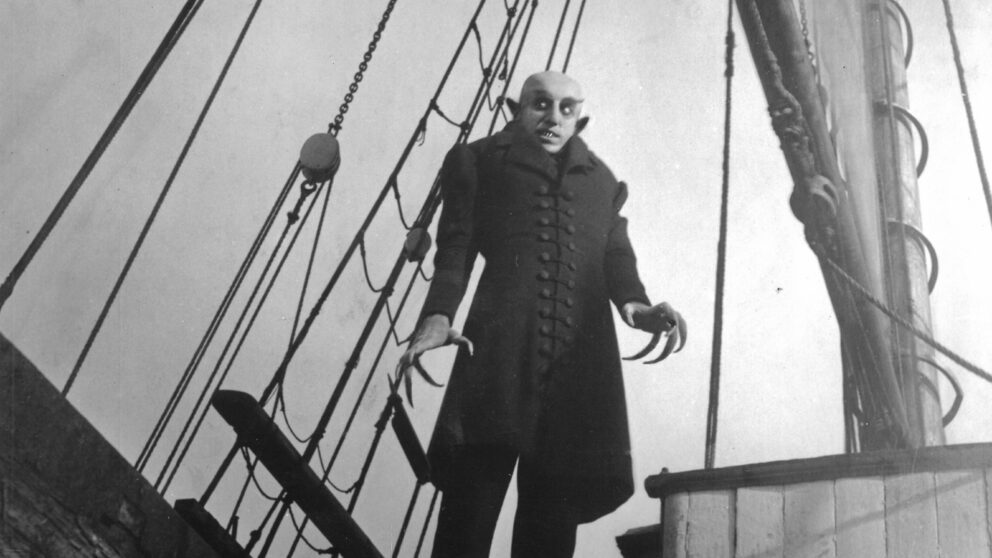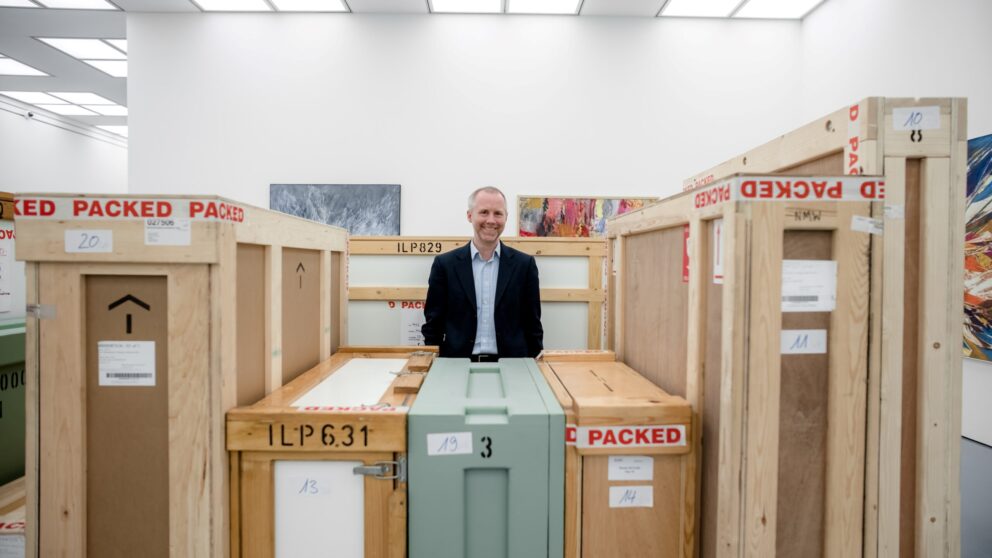
Christo & Jeanne-Claude at Kunstpalast museum
Christo & Jeanne-Claude at Kunstpalast museum
From Paris and New York to Düsseldorf
The artists Christo and Jeanne-Claude are renowned and celebrated around the world for wrapping monumental landmarks. You’ll probably have seen images of the wrapped Reichstag or of the orange walkways installed across Lake Iseo. These were just two of the sensational artworks with which the couple captivated millions of visitors. If you missed the wrapped Arc de Triomphe in Paris, you can catch up at Düsseldorf’s Kunstpalast museum. It will host the first retrospective of the couple to show how multilayered their art was. The project was the final exhibition that Christo agreed to before his death in May 2020. His wife Jeanne-Claude – both were born on 13 June 1935 – died in 2009, but that didn’t stop him from completing further large projects. To give you a taste of what to expect at the museum, we thought we'd showcase a couple of particularly impressive and interesting exhibits here.
How Christo and Jeanne-Claude met
Starting out is difficult, and it was no different for Christo, who would go on to enjoy huge success. After fleeing Bulgaria, the country of his birth, he settled in Paris, where he pursued his interest in avant-garde painting. This is particularly evident in his work ‘Abstract composition’, which bears a heavy resemblance to Jackson Pollock’s action painting. Dark splashes of paint cover the whole painting, applied so thickly that they are slightly raised from the canvas. At the same time, he earned the money that would allow him to follow this unprofitable passion by painting traditional portraits, which he would sign with his birth name Christo Javacheff. The work ‘Comtesse Denise Viaris de Lesegno’ is one example, which shows the young and beautiful countess dressed in an unassuming black dress. But the background of brush strokes is a small hint at Christo’s true passion in painting. He may have considered painting conventional portraits for wealthy clients a form of prostitution, but it was this work that led to what was probably the key encounter in his life. It was while painting her mother in 1958 that he met Jeanne-Claude. The fact that Jeanne-Claude was already engaged did not bother the unconventional couple, who fell deeply in love.
A VW Beetle in Düsseldorf
One exhibit that simply has to be on show in Düsseldorf is the wrapped VW Beetle. It was created for the first solo exhibition of the couple’s art in 1963 by legendary Düsseldorf gallery owner Alfred Schmela. Wrapped in yellow tarpaulin held in place by ropes, the vehicle’s iconic lines are still visible. The Beetle, borrowed from a friend of photographer Charles Wilp, was wrapped in the gallery’s courtyard. Wilp, who some years later would cause a stir with his photos for the Afri-Cola advertising campaign, documented the process. A few days later, the Beetle had to be unwrapped again as the owner needed his car back and didn’t want it to end up as a permanent sculpture. The version on display at Kunstpalast museum was created in 2014 and now provides a reminder of Düsseldorf’s wild 1960s arts scene.
Christo & Jeanne-Claude’s wrapped Reichstag was controversial
As was often the case with their art, Christo and Jeanne-Claude showed immense stamina and patience when it came to the Reichstag. After 24 years of knocking on doors, discussions with six presidents of the German Bundestag and stubborn resistance from Chancellor Helmut Kohl and political heavyweight Wolfgang Schäuble, the project was finally realised in 1995. You can read all about it in a display of newspaper cuttings. For two weeks, more than 100,000 square metres of silver fabric held together by blue ropes covered the building, which was not in use at the time. It attracted millions of visitors and made Christo and Jeanne-Claude a household name in Germany. The photos of the wrapped Reichstag quickly became a symbol of a cosmopolitan and reunited Germany, while the project also marked Berlin's return to the world stage of arts and culture.
A triumphant farewell in Paris
All good things come to those who wait, and it took no less than 60 years before the idea of wrapping the Arc de Triomphe in Paris became reality. Christo created his first photomontage of Avenue Foch and a wrapped Arc de Triomphe back in 1962, and over the following decades Christo and Jeanne-Claude revisited the project again and again. The dream finally came true in the autumn of 2021. Millions of visitors were drawn to the Arc de Triomphe to take in the impressive sight, and no doubt to remember its creator Christo, who had died the previous year. A 2019 sketch by Christo, now on display at the Kunstpalast museum, shows exactly how the artist imagined what turned out to be his last great wrapping project. The fabric appears to gently envelop the monumental building, thus stripping it of its national symbolism, much like it did with the Reichstag.
Genuine skill down to the last detail
The detail that Christo went into when committing his ideas to paper provided the foundations for his and Jeanne-Claude's mighty artworks. You can see this particularly well in the work ‘The Gates’ from 2004. From afar, the sketch for the project, later installed in New York's Central Park, looks like an architectural drawing in the typical Christo style. But when you look closely, you realise that the bright orange panels are made of real fabric. The way he replicated the drape of the fabric panels, gently blown backwards by the wind, is wonderfully intricate. A perfect example of Christo’s skill at both the large-scale and the minute details. Art historians call this vision of The Gates ‘mixed media’, as it was created using wax crayon, pencil, enamel paint and real fabric, held together with tape.
The Mastaba – a project for the ages
One of the exhibition’s highlights awaits in the final room, which is dedicated to the Mastaba in Abu Dhabi. Christo and Jeanne-Claude planned to create the world’s largest sculpture, made out of 440,000 oil barrels, in the desert of the United Arab Emirates. Following the example of the ancient Egyptians, they wanted to create a truly mighty sculpture – one that was visible from space. Great artists think big. In fact very big, as the Mastaba, made of 200-litre steel barrels, was to be 150 metres high. Mastabas were the forerunners to the famous Egyptian pyramids. A smaller version of the planned Mastaba caused quite a stir in London in 2018. That summer, a less ambitious 20 metre version made of 7,506 oil barrels floated on The Serpentine in London’s Hyde Park, attracting countless visitors.
Title image: Düsseldorf Tourism




